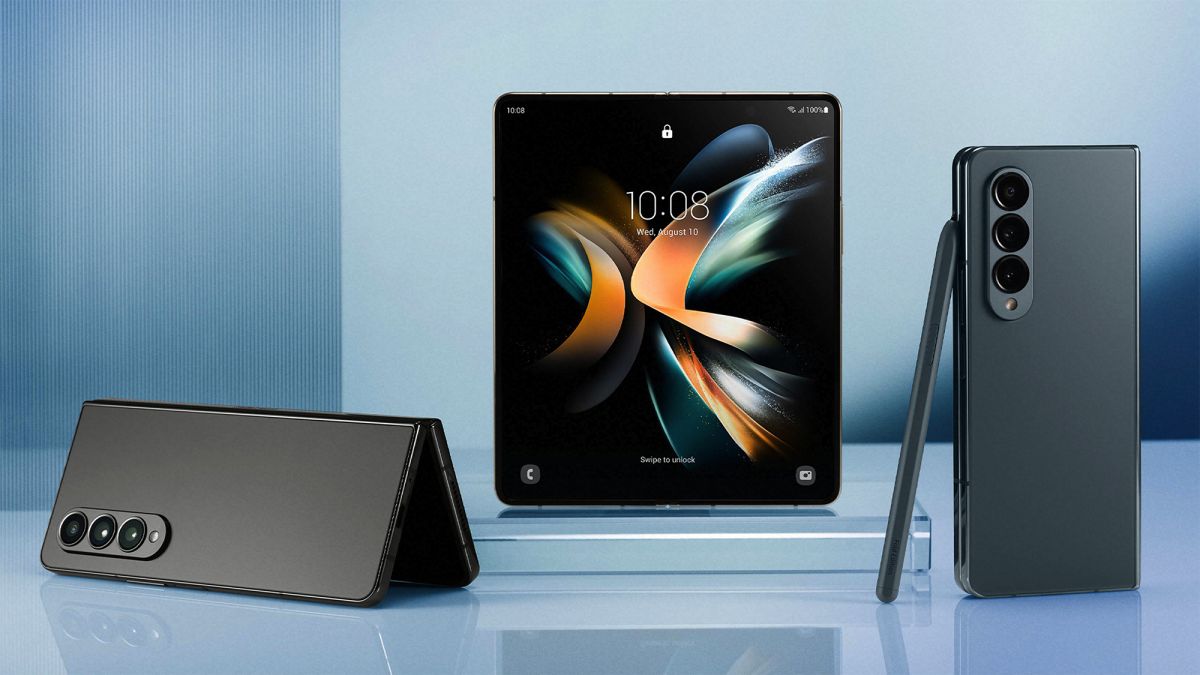The new Wi-Fi standard provides faster speeds, increased capacity, and reduced latency for your internet connection.
Technology is always evolving, even the kind that you take for granted. Wi-Fi, for example, may not get an update every year, but it did this year, which means your connection is going to get that much better.
That’s right, a new standard of Wi-Fi is now available on select devices and routers — dubbed Wi-Fi 7 — that will bring faster speeds and higher quality connections for users around the world, improving everything from your Zoom calls to website loading times. But what do you need to know about the new internet standard?
In this guide, you’ll learn about how Wi-Fi 7 compares to Wi-Fi 6 and Wi-Fi 6E, how much faster the connection is, and when you should switch over to the new standard.
- What is Wi-Fi 7?
- Wi-Fi 7 vs Wi-Fi 6 vs Wi-Fi 6E Compared
- Wi-Fi 7 vs Wi-Fi 6 Speed
- Wi-Fi 7 vs Wi-Fi 6 Bands
- Wi-Fi 7 vs Wi-Fi 6 Channels
- Wi-Fi 7 Compatibility
- Where You Can Use Wi-Fi 7
What Is Wi-Fi 7?
Wi-Fi 7 is the seventh generation of Wi-Fi evolution, supplanting Wi-Fi 6E as the new standard for internet connection. As with any upgrade, Wi-Fi 7 will be a substantial improvement, improving speeds, reducing latency, and increasing capacity.
As with all previous Wi-Fi updates, Wi-Fi 7 will be backwards compatible with previous iterations, including Wi-Fi 6 and Wi-Fi 5.
Wi-Fi 7 vs Wi-Fi 6 vs Wi-Fi 6E Compared
Naming conventions in the tech industry always get a bit convoluted, and that’s clearly the case when it comes to Wi-Fi. For those unfamiliar, Wi-Fi 6 launched in 2018, quickly followed by Wi-Fi 6E, which on the same standard (IEEE 802.11ax) but added further updates that improved the experience. Now, Wi-Fi 7 is the newest iteration on a new standard (IEEE 802.11be) that improves the technology even further.
So, how exactly does Wi-Fi 7 compare to its most recent predecessors? Let’s take a look at the difference in speeds, channels, bands, smart home functionality, and device compatibility.
|
Standard
|
Bands
|
Maximum channel size
|
Maximum speed
|
Multi-link operation
|
|---|---|---|---|---|
|
Wi-Fi 6 |
Wi-Fi 6E |
Wi-Fi 7 |
||
|
2.4 GHz + 5GHz |
2.4 GHz + 5GHz + 6GHz |
2.4 GHz + 5GHz + 6GHz |
||
|
160 MHz |
160 MHz |
320 MHz |
||
|
9.8 Gbps |
9.8 Gbps |
46 Gbps |
||
Wi-Fi 7 Speed vs Wi-Fi 6 Speed
Obviously, the question on everyone’s mind isn’t whether or not Wi-Fi 7 is going to be faster than other iterations, but rather how much faster it will be. Luckily, this new Wi-Fi standard provides a big bump in that department.
According to a demonstration by Intel, the average PC with Wi-Fi 7 support can hit speeds of 5.8 Gbps, which is more than twice as fast as Wi-Fi 6 and Wi-Fi 6E.
From a theoretical standpoint, though, Wi-Fi 7 can hit speeds as high as 46 Gbps, which simply dwarfs the theoretical limit of Wi-Fi 6 at only 9.8 Gbps.
Wi-Fi 7 Bands vs Wi-Fi 6 Bands
A Wi-Fi band is the particular wireless broadcast frequency that a device uses to access internet over Wi-Fi. With the Wi-Fi 6 standard, routers typically only have two bands, 2.4 GHz and 5 GHz.
However, the Wi-Fi 6E update added a new band, the 6GHz band, which Wi-Fi 7 will also have available, improving the overall functionality of the band.
So, to recap, Wi-Fi 7 has three available bands: 2.4 GHz, 5 GHz, and 6 GHz.
Wi-Fi 7 vs Wi-Fi 6 Channels
Wi-Fi channels describe the frequency at which your device sends and receives internet signals. Essentially, it describes the capacity of your connection, so the more, the better.
For Wi-Fi 6 and Wi-Fi 6E, the maximum channel size is 160 MHz, which is quite admirable and can handle the majority of your internet needs. However, Wi-Fi 7 is obviously an improvement, doubling the maximum size of the channel to 320 MHz.
Additionally, thanks to something called Multi-Link Operation (MLO), Wi-Fi 7 routers will be able to connect to a Wi-Fi 7 compatible device across multiple channels. This will improve speeds by reducing the demand on channels across the board.
Even better, Wi-Fi 7 unlocks the ability to link bandwidths of different sizes, so you can get a wider variety, including 240 MHz, which further adds to the improved functionality, speed, and capacity of the the new standard.
Wi-Fi 7 Compatibility
Whether you’re an early adopter or you’re just tired of your slow home internet, you might be interested in getting your hands on a speedy Wi-Fi 7 connection. However, it’s not as simple just getting a new router.
While Wi-Fi 7 compatible routers are available for purchase, you’re going to have to do some digging, and the cost is understandably higher than your average device. Additionally, there aren’t a lot of devices out there that can receive the Wi-Fi 7 signal, so you aren’t going to see the fruits of your labor in real-time just yet.
Still, Wi-Fi 7 is obviously going to be the standard for the foreseeable future, so getting one now is discouraged, you’ll just have to be patient before you can see the results.
When Can You Use Wi-Fi 7?
There are Wi-Fi 7 routers and Wi-Fi 7 compatible devices available right now, so you can take advantage of the improved speeds and higher capacity immediately if you really want to.
However, the rarity and affordability of these devices doesn’t make them particularly accessible to the average user. More importantly, much like the routers, there aren’t a lot of popular devices out right now that are compatible with the new Wi-Fi 7 standard, so you won’t be getting the benefits of the upgrade in any meaningful way.
All that to say, even as an early adopter, you probably don’t need to worry about grabbing a Wi-Fi 7 router just yet.
Still, if you’re itching to try it out, there are some options, including the Samsung Galaxy S23 Ultra and the Acer Swift Edge Laptop. There are also plenty of Wi-Fi 7 routers available from various outlets, but they will run you at least $600 to get the new standard set up at your home.




